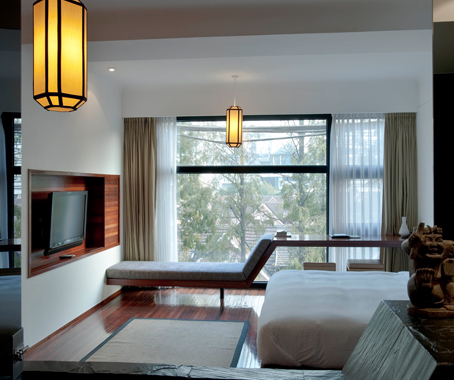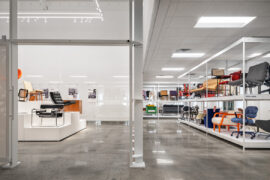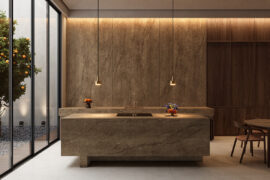China’s first carbon neutral hotel has many green claims to its name, and has also adopted a local approach, offering an authentic experience inspired by traditional China. Text by Julie Martin.
August 25th, 2010
Think ‘green building’ and for most of us Shanghai does not come immediately to mind.
This centrepiece of the world’s fastest-growing economy has grown from humble beginnings as a fishing and textiles township to become the world’s largest cargo port – a title it claimed in 2005 – and a city with a population to rival Australia’s.
Economic reforms in the early 1990s precipitated a building boom that defines today’s city skyline – a silhouette of Jetson-esque skyscrapers topped with flying saucer observation decks – and continues still in what Australian developer Jules Kwan (founding partner of Space Development) calls a “build it as fast as you can and as cheap as you can” mentality.
Pioneering Shanghai’s movement towards sustainable building, Space Development set out with Shanghai-based Canadian architects, A00 to turn a former prosthetics factory then post office into a 26-room sustainably-built boutique retreat that trumped all expectations by claiming the title of China’s first carbon neutral hotel, among numerous other accolades, in its first year of operation.
“The driving force behind the URBN Hotel was to build something that captured a uniquely Shanghai experience,” says Kwan, “and to do it in a way that was least damaging to the environment. We went carbon neutral as part of our evolving sustainable philosophy. It was not a trophy we set out to acquire.”
For the full text turn to page 218 of Indesign #42 on newsstands now.
Photography by Hans Schlupp

INDESIGN is on instagram
Follow @indesignlive
A searchable and comprehensive guide for specifying leading products and their suppliers
Keep up to date with the latest and greatest from our industry BFF's!

A longstanding partnership turns a historic city into a hub for emerging talent

The undeniable thread connecting Herman Miller and Knoll’s design legacies across the decades now finds its profound physical embodiment at MillerKnoll’s new Design Yard Archives.
The Sherman Contemporary Art Foundation present a dynamic spatial exhibition from a leading Indigenous contemporary artist.

Pavilions, hubs, neighbourhoods, precincts and the like are fast becoming a popular staple in the agile workplace diet – but why? In their latest project for Red Energy Melbourne, iconic studio Carr sees the significance of these spaces as allowing users to claw back some personal ownership of their working environment.
The internet never sleeps! Here's the stuff you might have missed

With experience across fashion, styling and interiors, Nicholas Gilbert launches Studio Nicholas with a mission to elevate Australian design on the world stage — and to champion a more rigorous, professional future for the industry.

Cosentino introduces Éclos®, a new mineral surface brand featuring zero crystalline silica, high recycled content and Inlayr® technology that brings 3D layered realism to design.